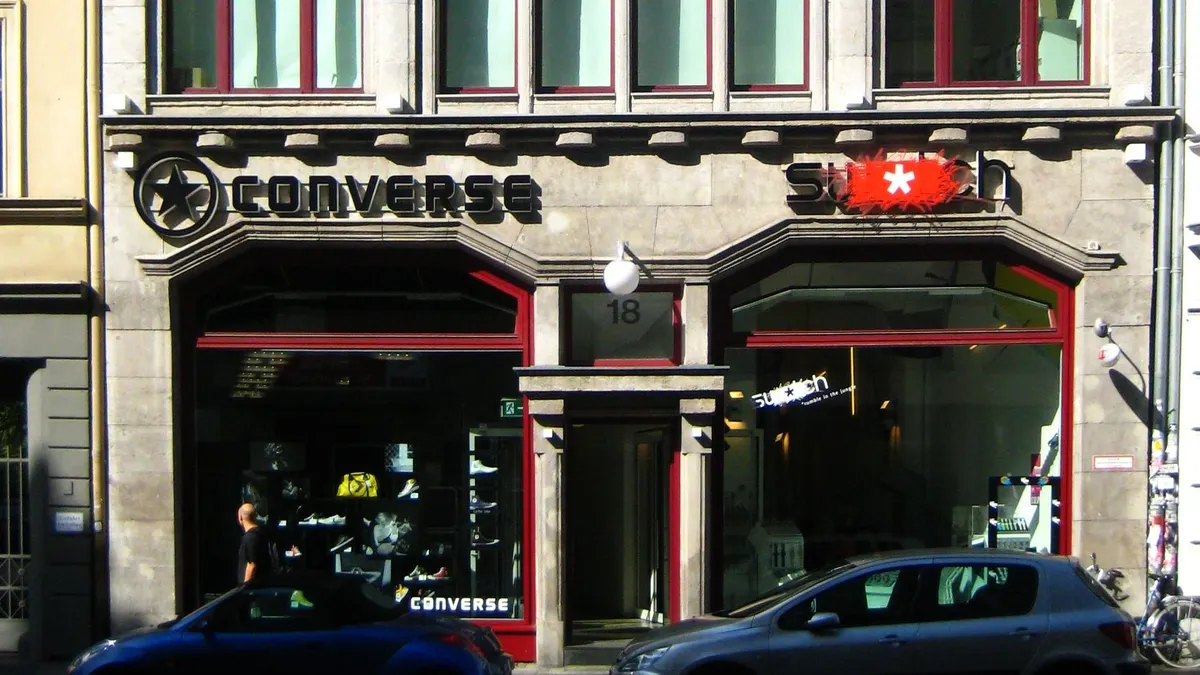Editor's note: The following is a guest post from Georg Richter, founder and CEO of subscription commerce platform OceanX.
This spring, Amazon invited executives from some of the world’s largest consumer packaged goods, or CPG, companies to a three-day meeting in Seattle to explore the changing nature of consumer purchasing behavior. While the results and any firsthand reports from the meeting itself are hazy, the point Amazon intended to drive home was clear in its invitation: CPG companies should be selling directly to consumers, and they should do it with Amazon.
Admittedly, the perspective seems a bit counterintuitive on the surface, considering Amazon is a retailer doing business in the space between manufacturers and consumers and is a marketplace for retailers to list their products for sale. It’s likely part of the company’s attempt to shift attention away from brick-and-mortar competitors such as Walmart and toward its own online retail platform.
And one major global brand is finally taking the plunge: After years of bypassing the online retail behemoth, Nike has agreed to sell some of its products via Amazon, amid declining traffic to brick-and-mortar stores and a growing focus on e-commerce. The apparel manufacturer joins Adidas and Under Armour, which also sell shoes and clothing directly to Amazon. (Incidentally, Amazon is betting on a growing business — footwear sales surged 35% at Amazon in 2016, and the online seller could pose a grave threat to other footwear sellers.)
While apparel and shoe retailers differ from CPGs, especially in their transitions from brick-and-mortar stores to online sales, CPGs can still learn from their example and take time to decide how best to connect directly with their consumers.
Going direct for CPGs
It’s clear that Amazon intends to insert itself into any direct-to-consumer strategies and operations, which probably isn’t good for CPG brands in the long term. Amazon will never look out for the interests of one particular brand, and selling a lot of product via Amazon’s platform won’t necessarily benefit brands as much as it will benefit Amazon.
By selling through Amazon, unless sold via the Marketplace, brands give up the opportunity to build relationships with their customers. That means CPGs are forced to compete on price rather than on the quality of the customer experience. What’s more, they’ll always be at a disadvantage competing with Amazon’s own private-label products on the platform.
The retailer’s massive line of in-house brands, such as AmazonBasics, has become a legitimate threat to many once-dominant manufacturers. Battery makers Duracell and Energizer, for example, have watched their market share dwindle, as Amazon’s private-label batteries now account for roughly a third of all online battery sales.
Despite its ulterior motives, Amazon’s claim that CPG companies should be selling directly to consumers is a legitimate one. However, brands that can adopt this strategy without having to rely on Amazon — or any other retailer — will be best positioned for long-term growth. How is this possible? A direct-to-consumer model focused on subscription in which a meaningful ongoing relationship is made. Subscriptions are not an either/or decision — they can exist parallel to other channels, including Amazon and brick-and-mortar stores.
A new consumer relationship model
Consumers are beginning to expect a subscription experience from many of their favorite retailers and brands. A subscription relationship with customers is certainly a viable strategy for CPG companies, but it must be completely customer-centric rather than product-centric. This reality can pose challenges for many CPG companies that have traditionally focused on product, advertising and retail channel placement over customer experience.
It can be challenging, but it is certainly not impossible for a major CPG brand to develop a consumer-centric subscription experience. Consider a large toothpaste brand such as Colgate or Crest: They could easily offer an oral care package for the entire family in the form of a highly customized, direct-to-consumer product offering. Subscription boxes could offer competent curation while delivering value, and they could be supported by messaging that educates subscribers on dental hygiene and entices them with new product options.
If executed properly, this type of strategy could lead to more customers with a high lifetime value, secure the brand and its image for years to come, and mitigate the challenge of competing with Amazon’s private-label products and upstart digitally native brands in their space.
Focus on the future
By rule, any customer-centric brand strategy will involve plenty of upfront customer research and require precise audience segmentation and targeting. But this could pay dividends for CPG companies that take the time to do it.
For instance, a large CPG company could start selling directly to the aging Baby Boomer generation in a very different way from Amazon’s current method. Instead of a singular focus on fast shipping and endless product choice, a CPG brand could offer a variety of age-specific services relevant to its products, which would reinforce its credibility as a seller.
If a CPG company is able to narrow its focus onto a growing but largely untapped market segment like senior citizens, it could position its products in a way that makes them appealing to that demographic and create a halo effect around its brand in the process. That’s a powerful differentiator in Amazon’s increasingly commoditized world.
Time for action
At the end of the day, strategy doesn’t lead to growth — execution does. The majority of CPG companies are still built around brand managers who typically stay with a company or specific brand for 18 months or so and then move on. Their focus is on putting interesting products on retailers’ shelves and securing things like end caps. Individual bonus plans for managers at all levels contribute to the industry’s collective desire to maintain the status quo.
It takes persistence and vision to change. Fortunately, there are people in the industry who understand that selling direct entails a paradigm shift. Companies that hire and train new talent, identify acquisition opportunities, and engage with the right partners — all with a steadfast focus on meeting the needs of real people — will be poised to succeed for decades to come.


















